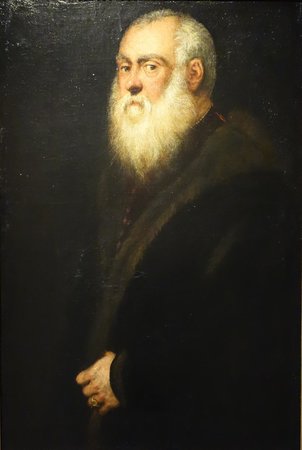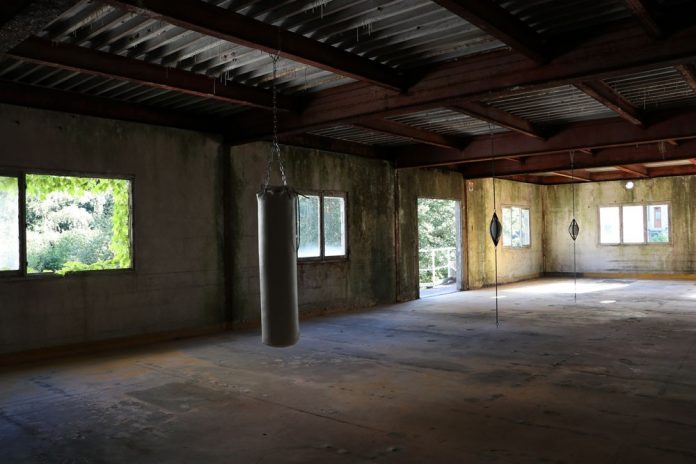(THIS ARTICLE IS MACHINE TRANSLATED by Google from Norwegian)
Seeing art is something strange. One of the aspects of this activity, which I, as an artist reviewer, constantly exhibits myself, is well-behaved: We stroll around the gallery (or museum), often with a serious and thoughtful mine, and look at the most absurd combinations of shapes, ideas and figures . And waiting. And pondering. Why do we do this? And why exactly this way? The reader may apologize for asking such – at least apparently – banal questions, but I am increasingly convinced that the simpler questions we ask, the further into the heart of the matter we may need.
The easier questions we ask, the further into the core we may need.
In addition to the devotional wandering in the art spaces, the ritual circle comes around objects – that is, the art – without us getting in physical contact with it. Why we do this, of course, is because we follow the rules of art and the "script" of the art drum, but the reason why we should not ask about the origin of the performance is less clear: Then we are in the doxa, what-is-it-is . The philosopher Roland Barthes calls this the mythical layer in human life; things we just think, feel and do "because it's like that". There is a touch of anxiety in the – perhaps ridiculous – rejection of "the banal," which is in contact with something that is anything but banal.
Old masters

During the literature festival at Lillehammer, I participated in a panel discussion on this. Or rather, it was a conversation about the relationship between the book and the art, but it was the reflection on alternative ways of seeing art that stayed in my mind after we left the stage. For is it not that literature and its ways of dramatizing art viewing are an exemplary space for researching new viewer roles? One of the books I had in mind was Thomas Bernhard's novel Old masters (Gyldendal, 2004), where we meet a person named Reger, who throughout his adult life has gone to Vienna's Kunsthistorisches Museum to look at Tintoretto's Portrait of the white bearded man (1545). Here it is not the painting as a valuable work of art that is important, nor its place in the art system's rituals, but how a work of art means something as an anchor point for living: Tintoretto's painting becomes the point that stabilizes Reger's life, it gives form and direction. What can we learn from Bernhard's use of art? That the novel – like many other works of fiction – is an exploration of the social space around art, freed from the codes of the art system itself.
Another, more recent, example of this is Olga Ravn's novel The employees (Gyldendal Danish Publishing House, 2018). This whimsical tale is a kind of science-fiction novel set in the distant future, but the interesting thing in this context is how it revolves around Lea Guldditte Hestelund's installations and sculptures. The whole novel is designed as a series of job interviews with employees of a space shuttle who post about their experiences in a room with a certain type of object, which is not referred to as art, but which we understand it is. What is striking about Ravn's novel is how all the interviews clearly show viewers who do not play the role of art viewer, as we know it, but relate immediately – completely without filters – to the feelings and feelings these objects create in them.
Zero distance. In testimony 030 we can read: "It is difficult for me to understand that the objects in the rooms should not have feelings, even if you have told me. For example, if I forgot to hang one of them as directed, and it has been left for several hours, and I find it there, buzzing on the floor, then I get the impression that it is suffering, that it is uneasy to have found himself in the state of emergency all this time. I get the strong impression that I have failed the object, that I have physically inflicted that pain, and I am ashamed. "
The novel is an exploration of the social space around art.
The total lack of professional distance becomes a lens for viewing art with an intensified personal presence and allowing for any private whim or personal sensation: Everything is a legitimate starting point for viewing the artifacts – which is, Lea Guldditte Hestelund's artwork placed in its own room in a space shuttle far into the future. This – and many other – descriptions help to invent new ways of viewing art through its unreserved personal, sensitive and poetic way of viewing art.
Therefore, let's read novels as a resource for seeing art, as a model for other ways of looking. If we consciously go in to explore this, we will be left with an archive of other ways of looking that are rooted in the wide and wide.


